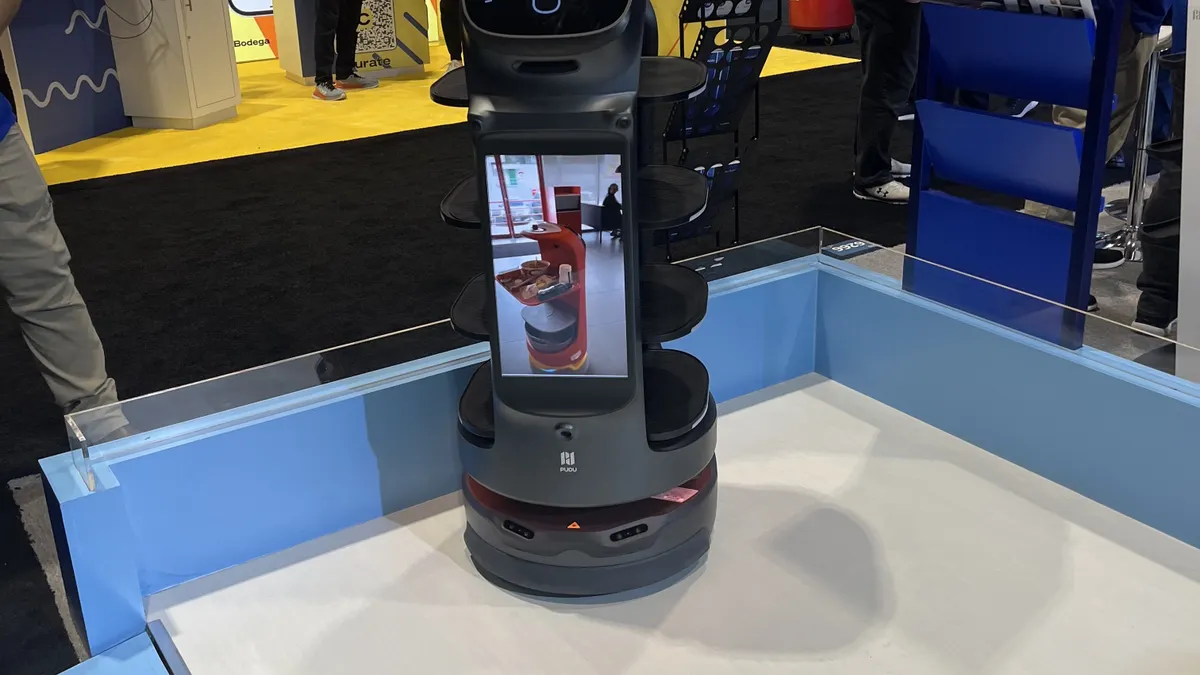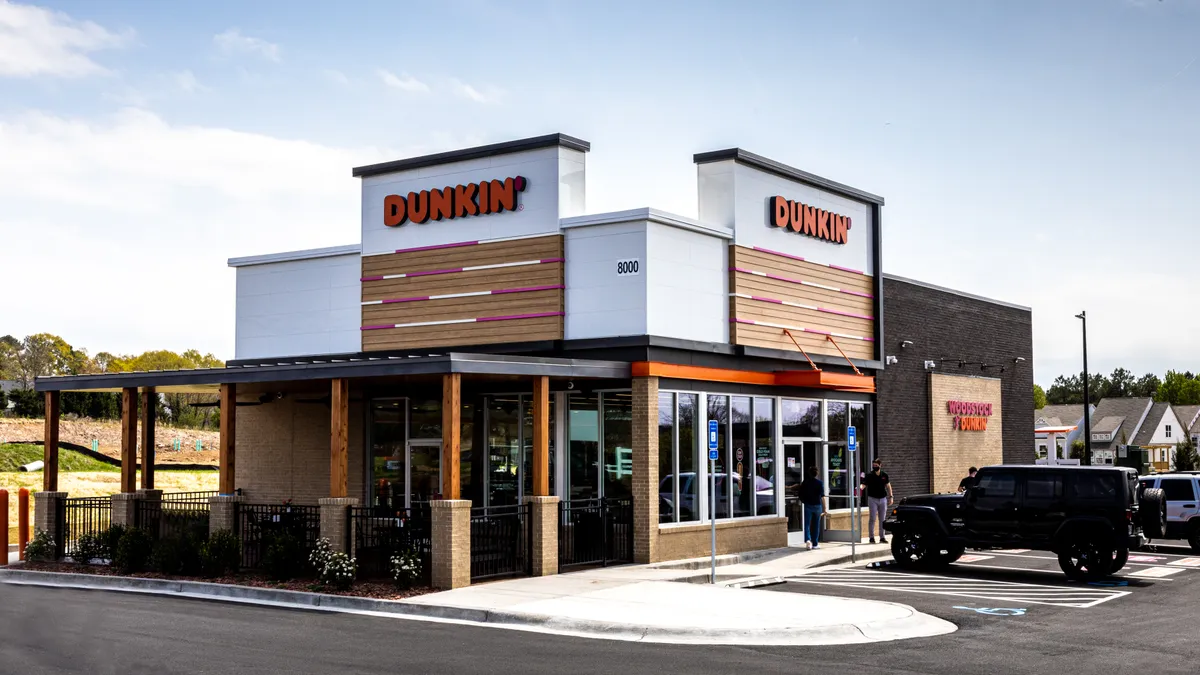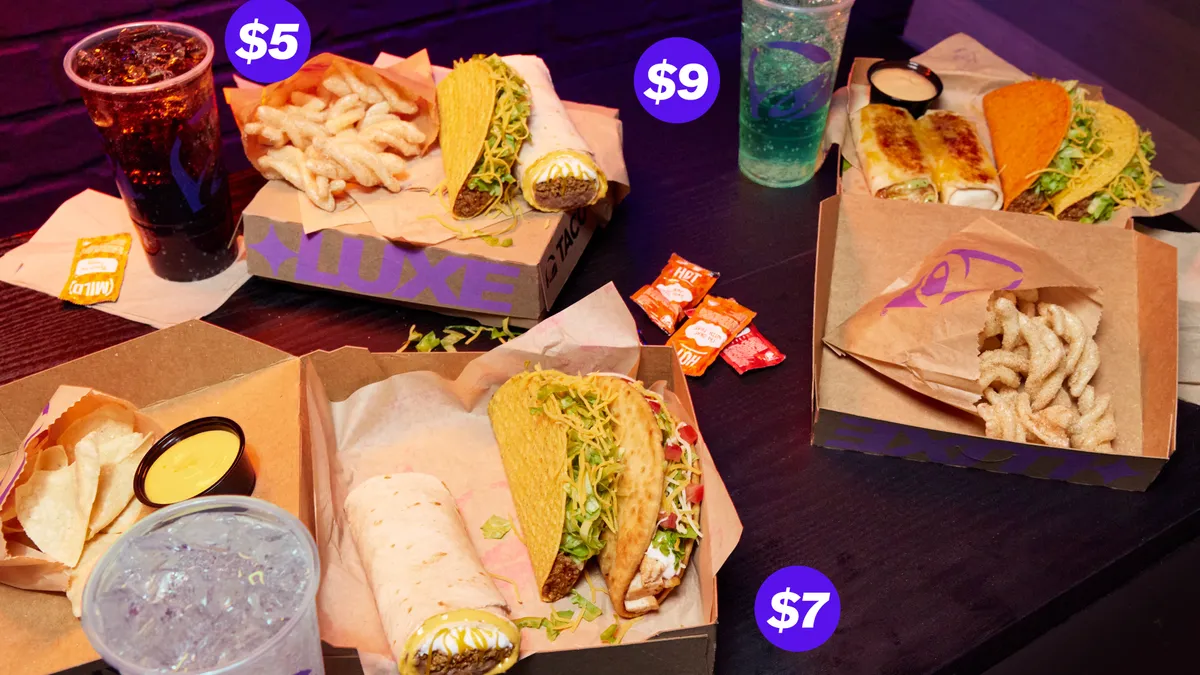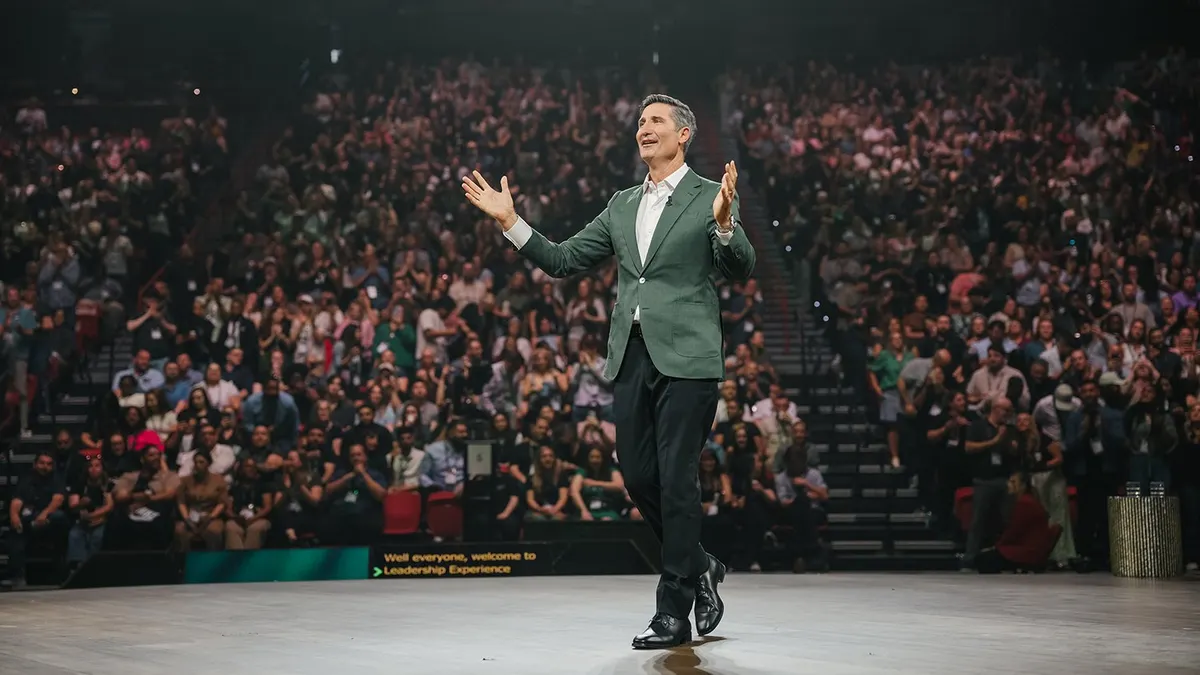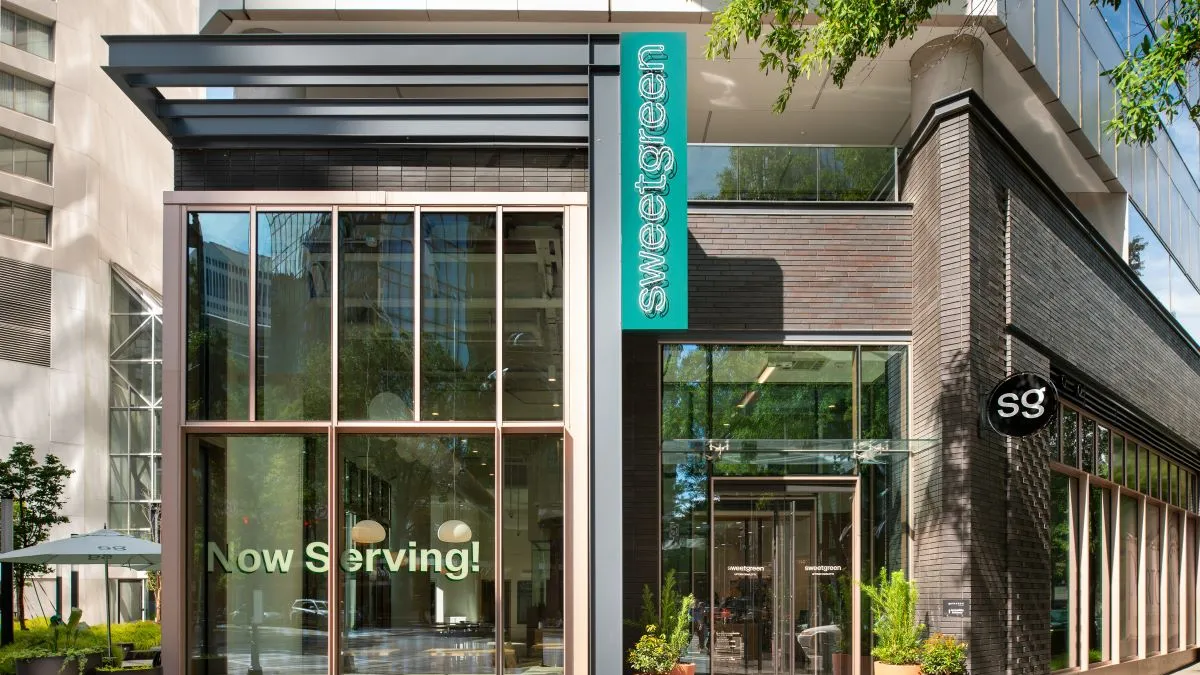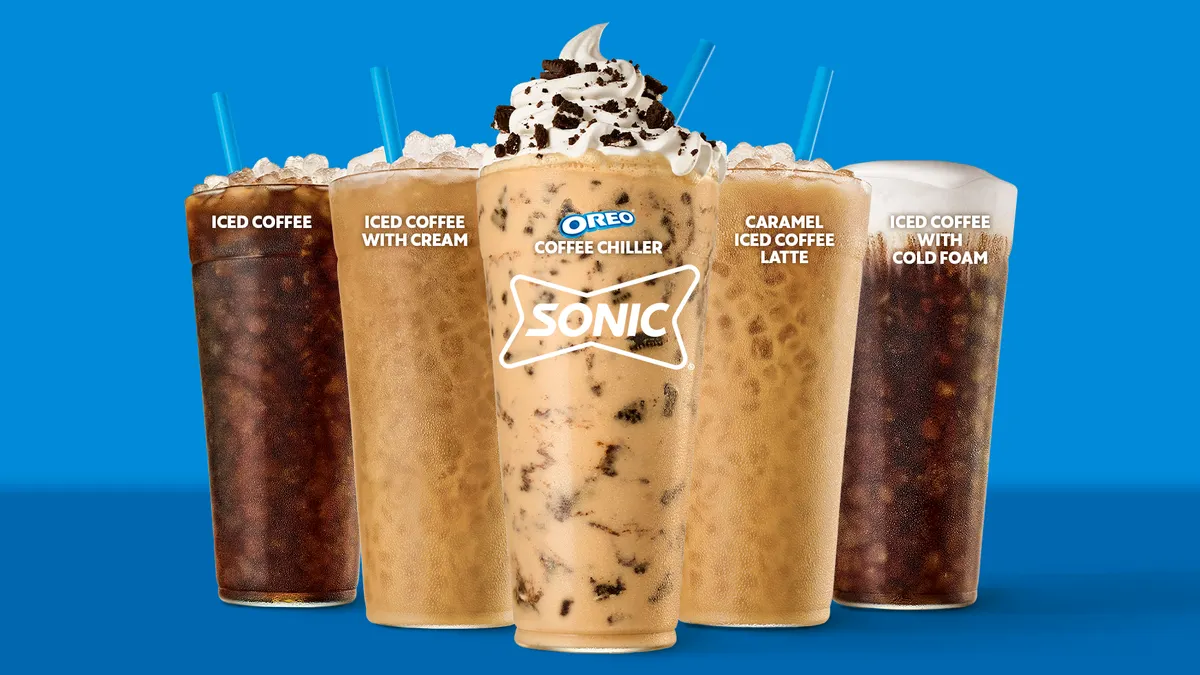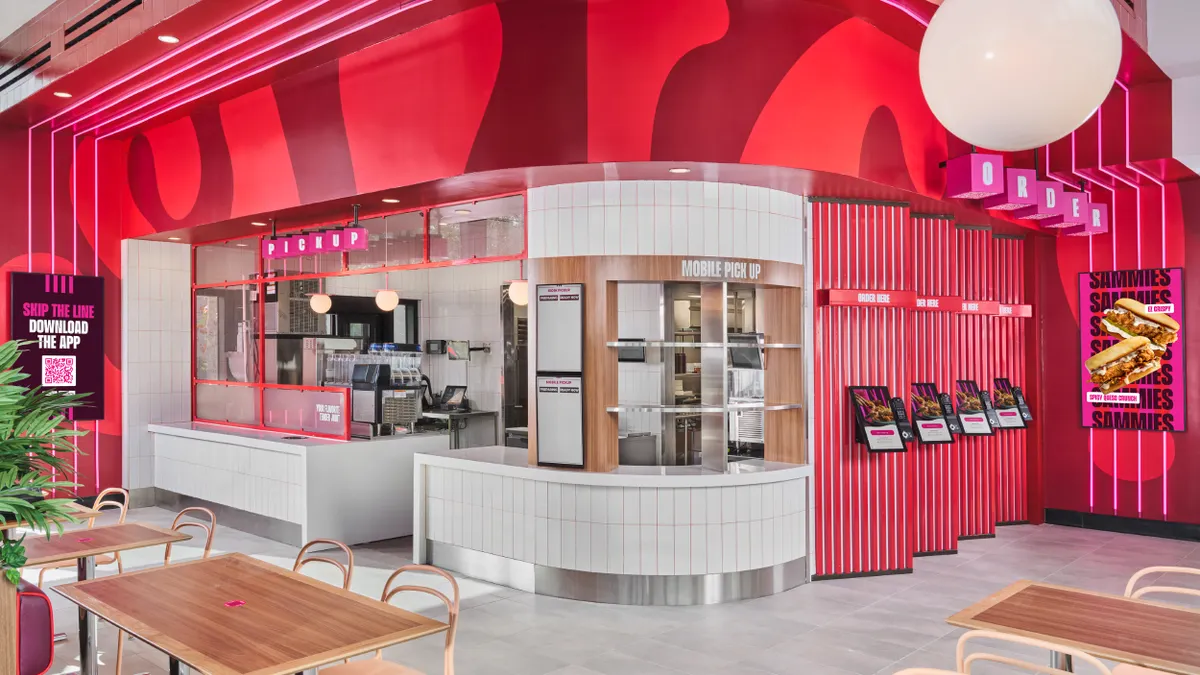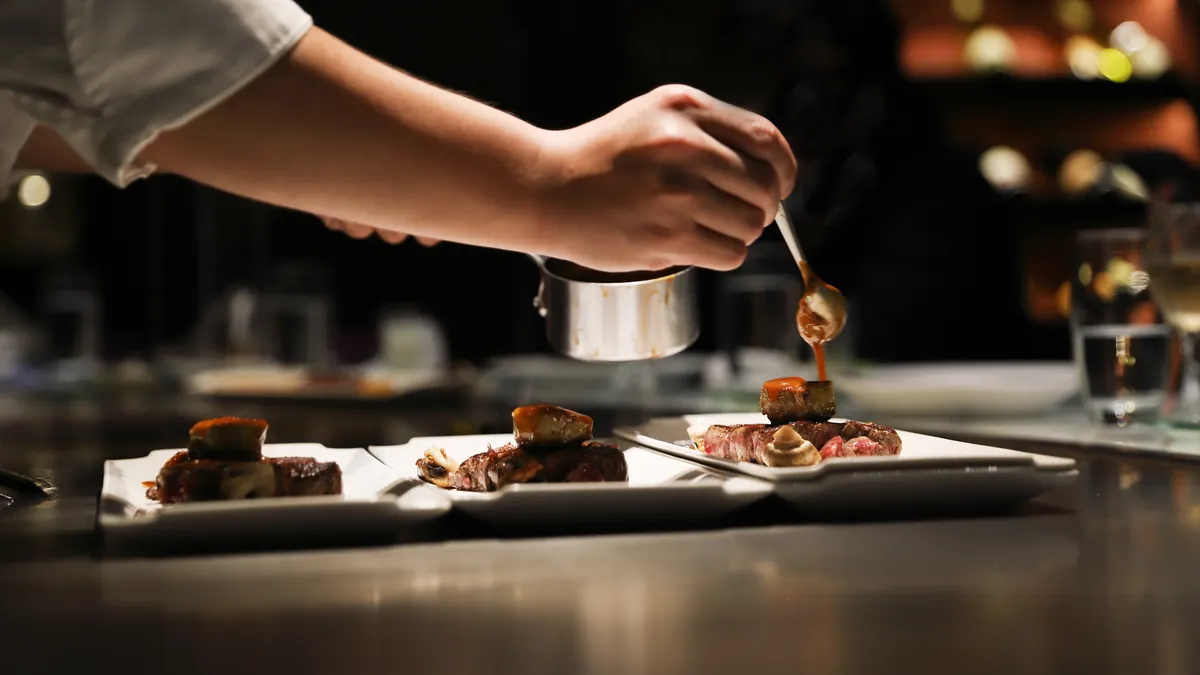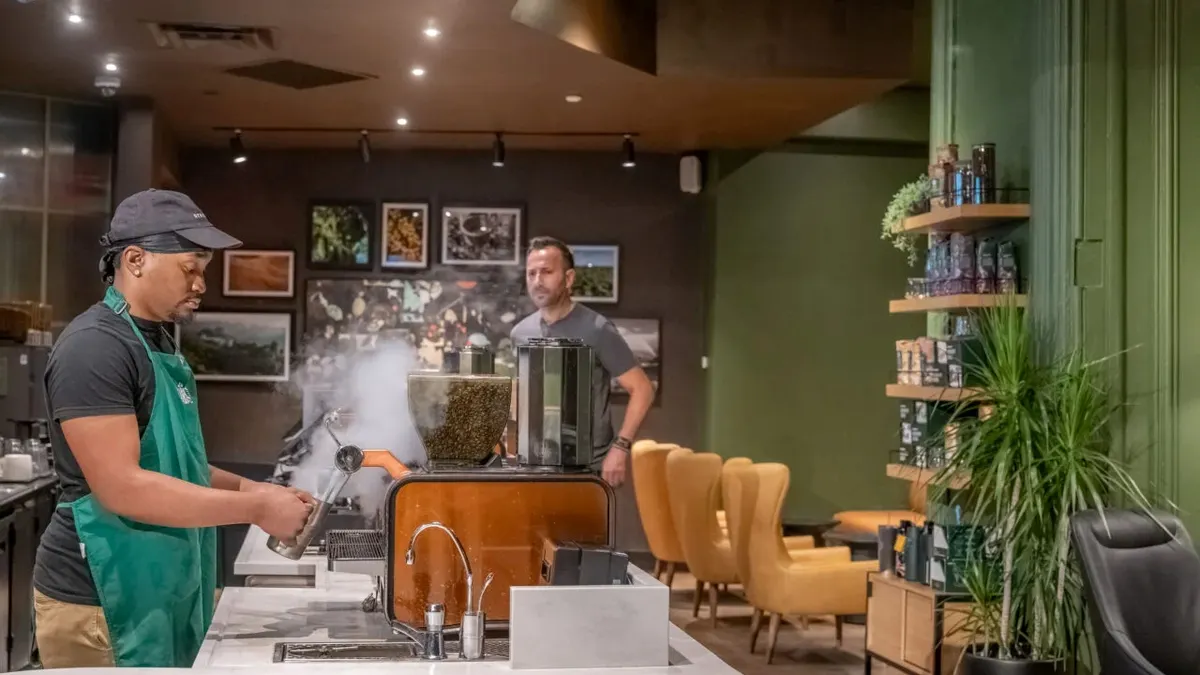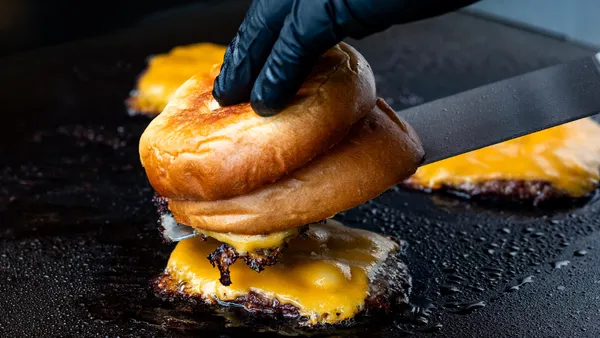Artificial intelligence, robotics and automation have been hot topics for years in the restaurant industry. For a long time, the Platonic ideal of AI-powered equipment was something like Flippy, a robotic arm that mixed industrial technologies with traditional restaurant equipment like fryers. But for some, AI applications like that have failed to live up to expectations. Real-world automation in restaurants now takes many forms, too — some of which are difficult to immediately recognize as AI.
“Last year when you came [to the Show] everyone was talking about AI, AI, AI. Most of that was vapor, in my opinion,” said Bryan Solar, chief product officer at SpotOn, a POS solutions firm.
Now, vendors and restaurant brands are more focused on the outcomes driven by AI and automation, rather than the flash of physical innovations, Solar said. Those results-driven technologies might look very different from robot arms, though the National Restaurant Association’s show floor still had its share of those, too.
Check out the different types of restaurant automation Restaurant Dive spotted at the NRA Show.
Automated managers
One major application for AI and automation in restaurants is tasks traditionally undertaken by managers, including recordkeeping and data analysis.
Callin Godson-Green, a food safety CS manager at SmartSense by Digi, said during a show floor session that automated monitoring and recordkeeping for equipment — like temperature checks for fridges — could help improve safety and reduce breakdowns.
“Manual checks are labor intensive,” Godson-Green said. This issue can be complicated by inaccurate or incomplete recordkeeping. “A majority of the time, you have no idea who completed that log. It's a scribbled-in temperature. They don't sign it. How can we improve that?”
SmartSense, and other automated systems that detect when equipment is falling out of compliance or nearing a breakdown, can alert managers pre-emptively, reducing spoilage and downtime. For example, Godson-Green cited gradual increases in temperature in a fridge as a red flag.
Other data-intensive tasks are also ripe for automation. Solar highlighted SpotOn’s new Profit Assist tool, which analyzes the data in a restaurant’s accounting system, like QuickBooks or R365, to find cost savings that might escape all but the most careful and methodical hand checks of data.
Solar said a SpotOn customer used the tech to automatically detect and flag double-billing by a linens vendor, saving $2,000 a month.
“Is it really sexy to say, ‘I found out you're getting overcharged on your linens’? Maybe not. You're not going to make a billboard for that, but if you're a restaurant, you found $2,000 a month extra. That matters a lot,” Solar said.
Profit Assist is also capable of detecting anomalies in costs across units so operators can automatically identify outliers in categories like labor allocation or cost of goods sold and take steps to remedy such problems, Solar said.
Task-specific equipment
Some of the automation firms at the NRA Show were there to solve very specific operational problems comprising a fraction of a worker’s tasks, rather than act as managers.
One such machine was Bridge Appliances’ automated egg cooker. Lance Lentini, the founder and CEO of Bridge, said the idea for an egg cooker came from watching production problems at coffee shops during the commute hour.
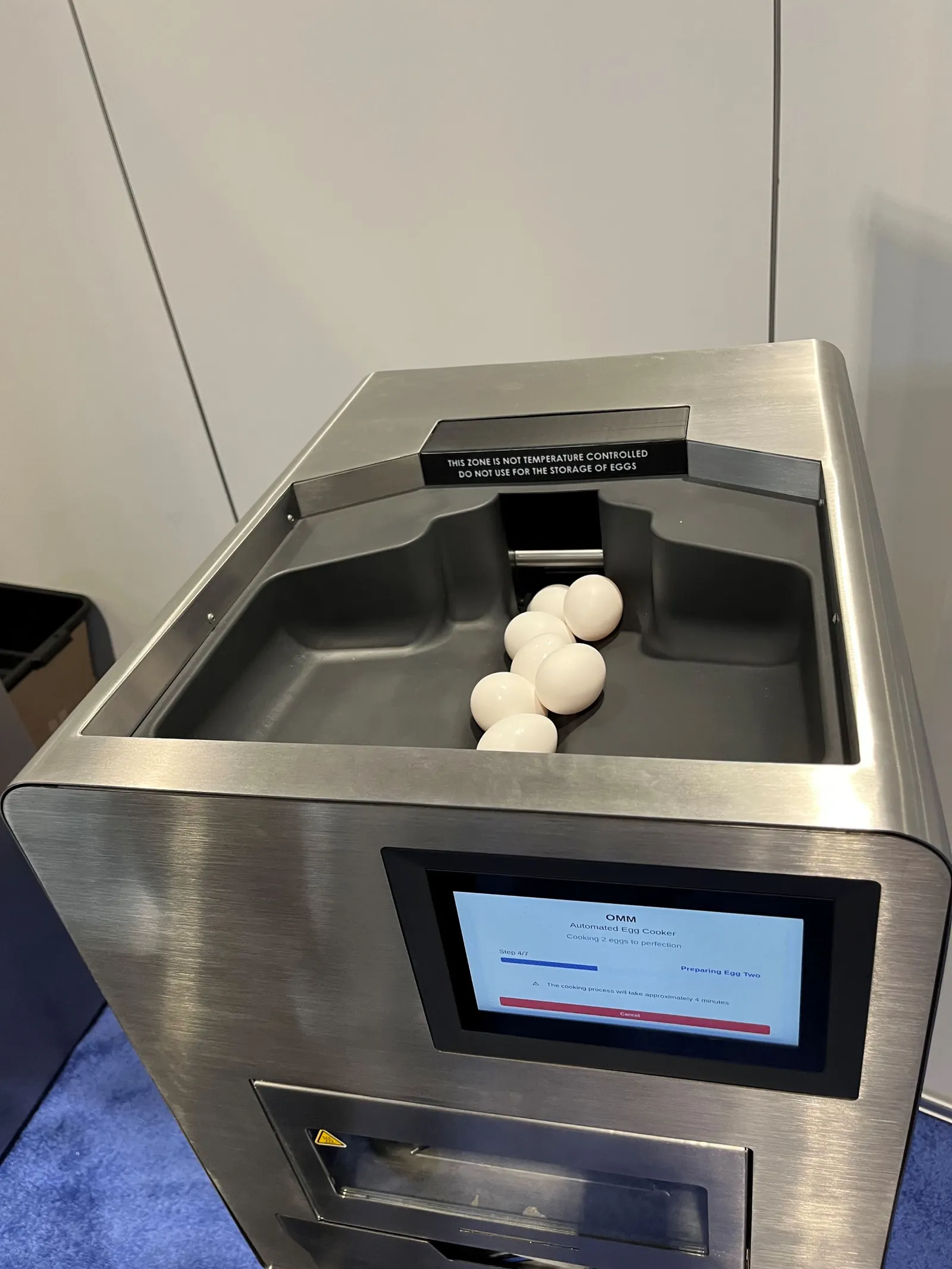
“We saw basically the biggest bottleneck behind the counter being preparing for cooking or reheating eggs,” Lentini said.
The machine can organize 30 eggs, crack them and cook them two at a time, producing sunny-side up eggs that are over easy, medium or hard, depending on programmed settings. Lentini claims that the machine takes less time to cook fresh eggs than other methods.
Lentini pitched the machine as a way for small coffee shops to expand their menus without significantly increasing labor costs.
“The average customer that comes in to buy an $8 cup of coffee is now going to add an $8 breakfast sandwich to the purchase ticket,” Lentini said.
Robot generalists
Outside of hyper-specialized pieces of equipment, the Show played hosts to robots that could fulfill more than one task. One such device is Richtech Robotics’ Adam device. At the show, Adam was programmed to operate as a barista, but Tim Tanksley, Richtech’s director of marketing, said the machine could be programmed to work with a variety of equipment.
A voice playing at the booth — ostensibly the robot’s — claimed it could make “coffee, shakes, cocktails, boba tea, grill burgers, cook noodles or [perform] any countertop task,” for which it was trained.
“The training involves the creation of the menu and then programming the movements, and then a little bit of training with the vision,” Tanksley said. The bot, Tanksley noted, can connect to point-of-sales systems and start on orders as they come in.
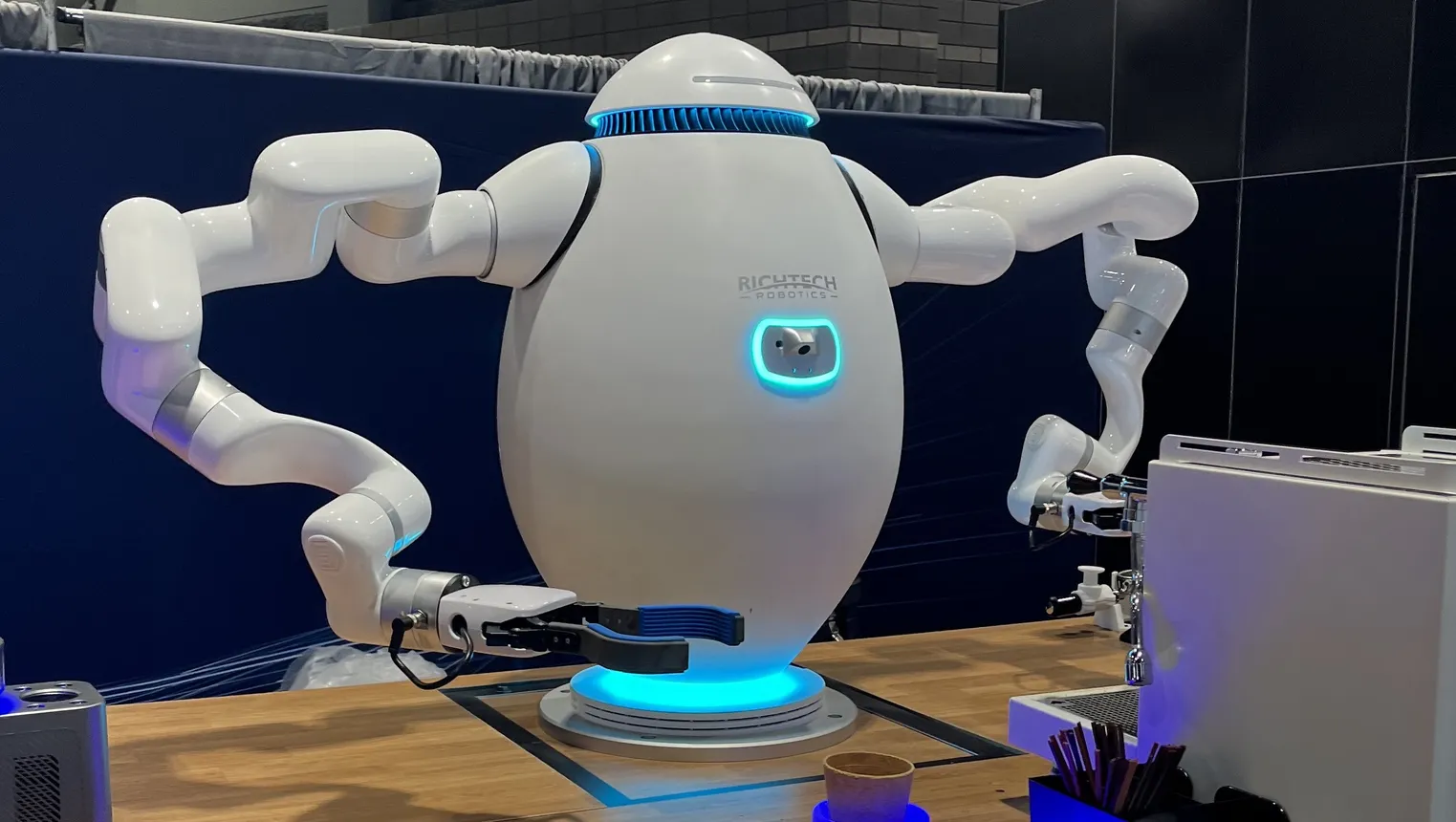
Such robots would replace workers covering a multitude of tasks, rather than automating one specific procedure. Other general-purpose robots are less ambitious, but still serve functions beyond cooking one menu item in one particular way.
Pudu Robotics showed off the Bella Bot Pro, an update to its delivery robot, which serves as auxiliary waitstaff, bringing food and drinks to tables and carting away empty dishes.
The new version of Bella Bot features a video-advertising screen on the robot and AI-voice interaction capabilities, said Meg Timmons, Pudu’s marketing manager for the Americas.
Timmons said the robot could alleviate arduous and repetitive tasks, like carrying heavy dishes to tables or transporting dirty plates and cutlery back to a dishwasher. While something like the Bella Bot can’t do everything waitstaff does, Timmons said the robot has a variety of use cases.
“Our solutions are so flexible and scalable,” Timmons said, adding that some restaurants have to be flexible when integrating robots into their operations.
Timmons said consumer acceptance of these robots was beginning to increase in North America. Part of that might be due to the design of the Bella Bot, which has cat ears and makes feline facial expressions on a digital screen.
Voice AI
No part of the industry has seen as much automation buzz as voice ordering. Voice automation has been on the rise for years, but with Yum Brands and Nvidia putting significant resources behind drive-thru voice AI, it seems that mass adoption might be here.
In addition to labor savings, voice AI can be a way to prevent price sensitivity from eroding tickets, said Ben Bellettini, SoundHoud’s senior vice president of sales restaurants. This is made more powerful by large datasets on consumer purchasing habits which, Bellettini said, can ensure that bots are suggesting items consumers actually want.
“Some of our upsell acceptance rates are beyond double the acceptance rate that you typically see from a restaurant staff member,” Bellettini said.
SoundHound has tech, called Voice Insights, that can bridge the gap between voice AI and management AI.
“We have a system that can effectively collect conversational data between a team member and a customer,” Bellettini said. “There's a lot of operational data we can pass through that is voice-data based.”
That tech can analyze tones of voices and give employers greater control of the shop floor.
Palona AI, a phone-ordering AI firm, sees the emergent tech as a way to inject some degree of hospitality back into digital and phone ordering channels.
Many operators have “outsourced a lot of the other ordering to DoorDash or Uber Eats, and so you've been disintermediated from your customers, and you're no longer providing what feels like a hospitality service to people,” said Tim Howes, Palona’s co-founder and chief technology officer.
Palona is trying to change that by making a chatbot that sounds more human.
“We’ve spent a lot of time on trying to make the conversation fun and something you'd want to actually continue with,” Howes said. “We do that by imbuing more empathy and human likeness into the AI by training on top of large language models.”
The tech can also mimic brand characters or regional accents.
But the tech has limits, Howes said. It’s an odd user experience when a voice system remembers everything about a consumer from past conversations, and Palona has worked to ensure its system doesn’t creep consumers out by remembering too much. Instead, the phone ordering tool tries to mimic short-term memory, remembering the key information about a consumer and focusing mostly on remembering details within a given conversation.
With phone tech designed to mimic personalities, accents and even innocuous forgetting, the most realistic face of automation at the NRA Show might have been a disembodied voice, emanating from a phone speaker.



